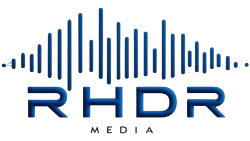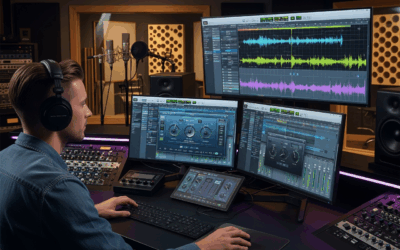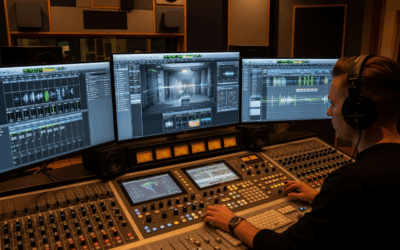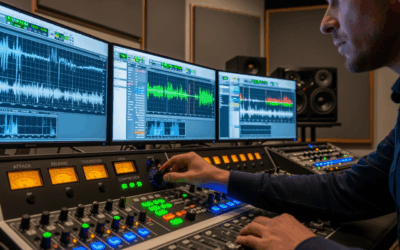The Problem: You’ve invested in a decent microphone and recording software, but your audio still sounds hollow and unprofessional due to room echo that makes your voice sound like it’s coming from inside a bathroom.
The Solution: Room echo can be dramatically reduced in minutes using strategic placement techniques and common household items, without spending hundreds on professional acoustic treatment.
Understanding Why Echo Happens
Room echo occurs when sound waves bounce off hard surfaces—walls, ceilings, floors, windows—and return to your microphone slightly delayed. This creates the hollow, distant sound that immediately identifies amateur recordings. The good news? You don’t need to renovate your space to fix it.
The 5-Minute Echo Elimination Method
Step 1: Choose Your Recording Location Strategically
Move away from parallel walls and corners where sound waves bounce back and forth. The center of a room is usually worse than closer to one wall. Try recording in different spots and listen for the location with the least natural reverb. Closets filled with clothes often provide surprisingly good results because fabric absorbs sound reflections.
Step 2: Create Immediate Sound Absorption
Gather soft materials you already have: blankets, pillows, couch cushions, or thick towels. Position these around your recording area—not just behind you, but to the sides and even overhead if possible. A blanket draped over a chair behind your microphone can eliminate a significant amount of reflection. The goal is breaking up those hard surfaces that bounce sound back to your mic.
Step 3: Optimize Your Microphone Technique
Get closer to your microphone—much closer than feels natural. Professional voiceover artists often record just 4–6 inches from their mic. This increases the ratio of direct sound (your voice) to reflected sound (room echo). Also, speak slightly off-axis rather than directly into the microphone to reduce breath sounds while maintaining clarity.
Advanced Quick Fixes
If you’re still getting echo after the basic setup, try the “blanket fort” technique: create a small enclosed space around yourself and your microphone using blankets or moving blankets. This creates a mini vocal booth that dramatically reduces room reflections. Many professional voice actors use this technique when recording away from their studios.
For a more permanent but still budget-friendly solution, focus acoustic treatment on the wall directly behind your microphone first—this is where most problematic reflections originate. Even a thick moving blanket hung on the wall can make a dramatic difference.
Pro Tip: Record a simple test phrase in each potential location before committing to a full session. Say “Testing, testing, one, two, three” and listen back immediately. The difference in room echo between locations can be dramatic, and finding your best spot takes just a few minutes but saves hours of post-production work trying to fix echo that could have been prevented.
Still struggling with recording quality issues? Contact RHDR Media at (901) 485–9180 or visit rhdr.media for professional audio consultation. Whether you need help optimizing your home recording setup or want to outsource your audio production entirely, let’s get your recordings sounding professional fast.





0 Comments